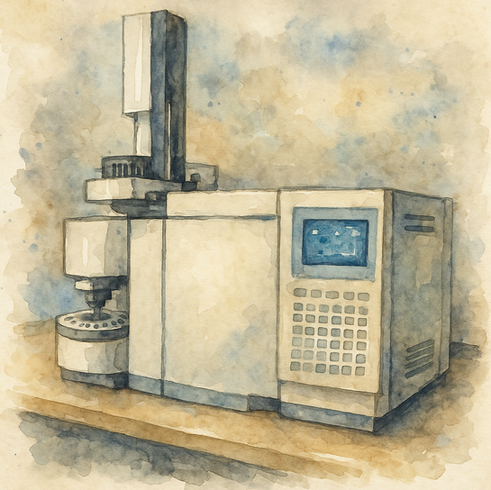top of page
Martini Spirits
The technicality of the spirits that make a martini special


How Botanical Placement and Maceration Shape Gin Flavor
In the world of gin, flavor isn’t just a recipe. While the botanical bill defines the character of any gin, how and where those botanicals meet the spirit inside the still can completely transform the resulting profile. Several key variables, botanical placement, maceration and ethanol strength, often determine how volatile oils are extracted, how aromas evolve through distillation, and ultimately, how the gin expresses itself in the glass. The Chemistry of Extraction At its


Why Tanqueray shines in a Martini
Tanqueray’s strength as a martini gin lies in its bold, focused character and capacity to enrich rather than overpower. As a London Dry...


Vodka Ingredients, Production, and Sensory
Few spirits are as paradoxical as vodka. To many consumers, it is the simplest of drinks: clear, flavourless, neutral. Yet for the...


Guide to Vermouth in Martinis
The martini may be defined by gin or vodka, but it is vermouth that gives the cocktail its structure, balance, and elegance. While...


Gin Sensory & Chemical Analysis
Gin may be one of the oldest distilled spirits, but its modern evolution is increasingly shaped by data, chemistry, and sensory science....


Gin Distillation & Production – Art Meets Science
Gin is one of the few spirits where the artistry of production is as much about restraint as it is about innovation. Unlike whisky or...


How Botanicals Shape Gin
If juniper is the backbone of gin, then the supporting botanicals are the flesh, muscle, and skin that give it character. They provide...


The Science of Juniper
Gin may be one of the most versatile spirits in the world, but its identity rests on a single, uncompromising truth: juniper must always...


Why Belvedere Vodka Works Beautifully in a Martini
Belvedere is a vodka that elevates simplicity, making it an ideal choice for a vodka martini. Produced in Poland at the historic Polmos...
bottom of page